It’s had many incarnations over its 124 year history and has always looked like one of Aberdeen’s survivors.
It seemed the times had caught up with the Belmont Filmhouse with yesterday’s announcement that the cinema had fallen into administration.
Now a potential saviour, 25 year old Craig Thom of Faffless Cafe, has come up with a plan which is being looked upon favourably, especially after the roaring success of his recent ‘Faffless at the Movies’ pop-up weekend at the Belmont.
For Belmont staff and patrons, the filmhouse is much more than the sum of its parts.
It has grown over the decades to become a cultural institution in the city, providing a platform for local film makers and artists, along with art house and non-blockbuster movies; a café and a venue for meetings to thrash out issues of community importance; and a significant employer.
The Belmont was part of a glorious hey-day of cinema in Aberdeen, said to outstrip that of London or any other city in Britain, with one seat for every seven people.
Love at first sight
It was love at first sight for Aberdonians once when they first glimpsed the ‘flickers’, moving pictures.
The coup de foudre came one September evening in 1896 in the Music Hall when they were treated to a jerky film of the coronation of the Tsar of Russia.
There was no going back.
The Belmont began life as a Trades Hall in 1896, and capitalised on movie mania from 1898 by showing films.
The first screening must have thrilled and amazed its audience— there was Queen Victoria moving around at Balmoral.
Permanent cinema
In 1910 the hall became a permanent cinema dubbed The Coliseum.
Moving with the times, it was refurbished and re-opened as the New Kinema in 1921, in prime position for the silver screen sensation, the talkies, which came in towards the end of the decade.
To pull in audiences, cinema managers would stage publicity stunts and competitions; for example, local bookseller and suppliers of lenses, William Walker offered prizes to citizens who recognised themselves in his ‘topicals’.
These were short films made locally by Joe Gray who had turned cameraman for The Coliseum.
The cinema brought cheer
The ‘picter hooses’ were all about fun and lightening the daily grind of the Depression and the gathering clouds of war.
In 1933, John Poole, twenty-one year-old manager of the Regent in Justice Mill Lane delighted passers-by when he had a ‘gorilla’ frolic about on the canopy roof at the premiere of ‘King Kong’.
At that time, making movies and building cinemas was the only growth industry in the country.
The New Kinema was one of 19 cinemas in the city, packed to the gunnels every night.
It wasn’t immune from the ‘wildlife’ prone to inhabit packed public places, and was fondly known as ‘the Flechie’ as a result.
Post-war survival
Times changed after the war, and again the Belmont came through.
No less than 31 cinemas came and went, including the Gaumont, Globe, Regent, Regal, Astoria, Majestic and Kingsway, but the New Kinema, and the Cinema House in Skene Terrace survived.
Fourteen years later came another refurbishment and a new name back to its roots as the Belmont Cinema.
Again, time and tide wait for no cinema and in 1953 it closed and the building was converted into a warehouse.
Phoenix
But phoenix-like, the cinema had its day again and re-opened as The Belmont Picturehouse in September 2000 after major refurbishment by the city council with assistance from the National Lottery and Scottish Screen.
It assumed its current incarnation as Belmont Filmhouse in 2014 when the Centre for the Moving Image took on its management.
The question is, can it survive again?
The will is definitely there.
No-one wants the hardy Belmont to go dark forever.
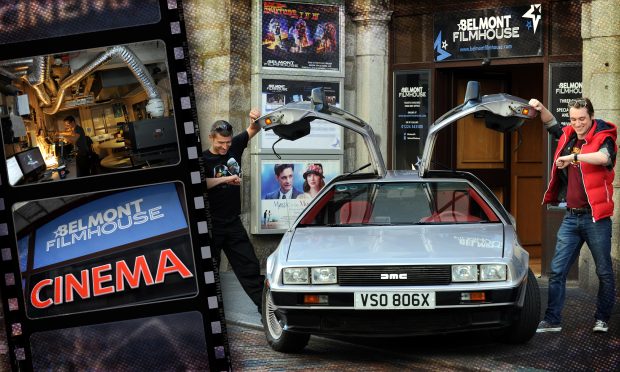
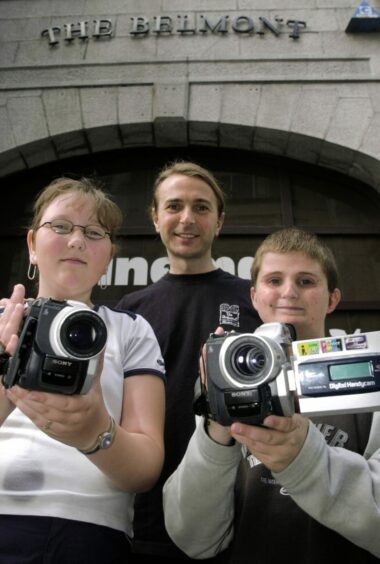


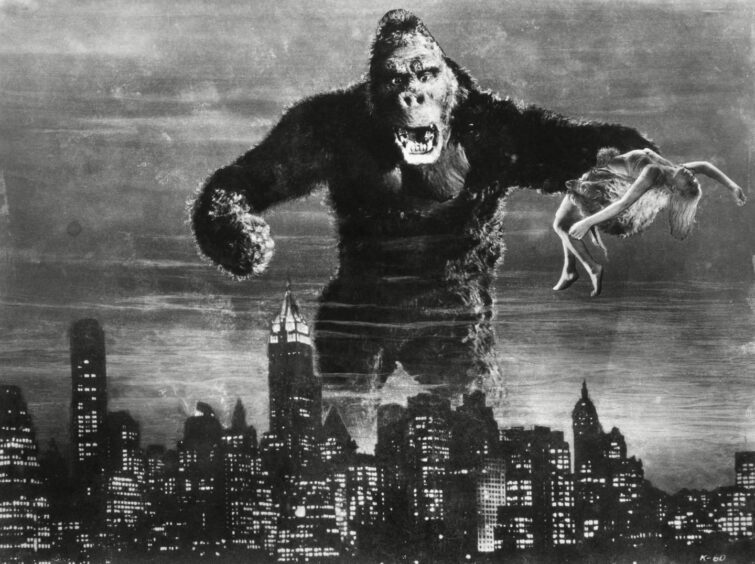
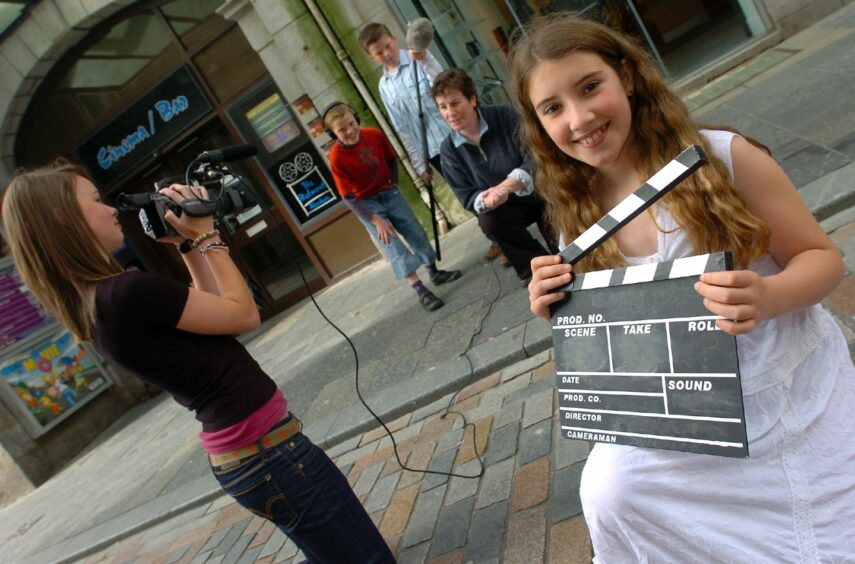
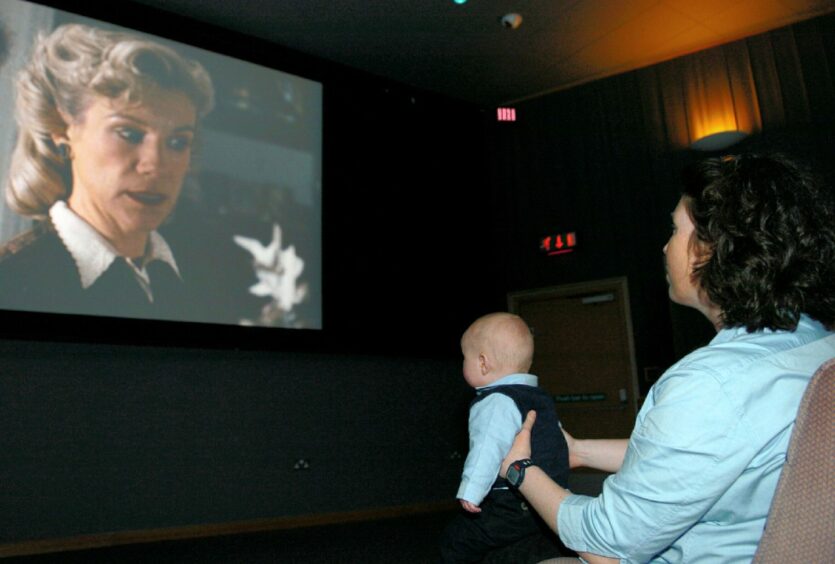
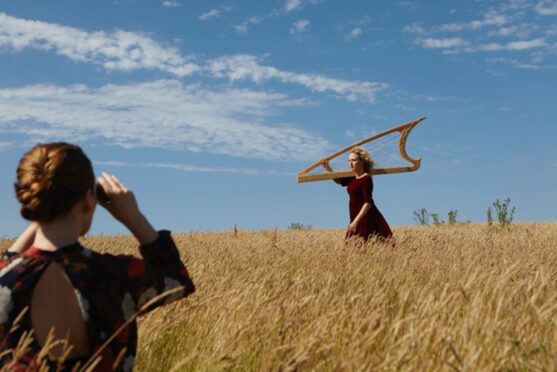
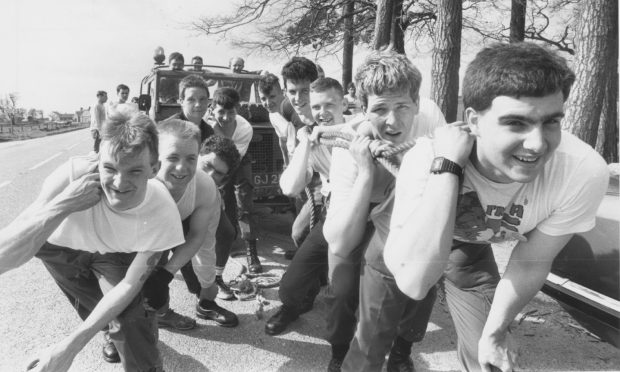
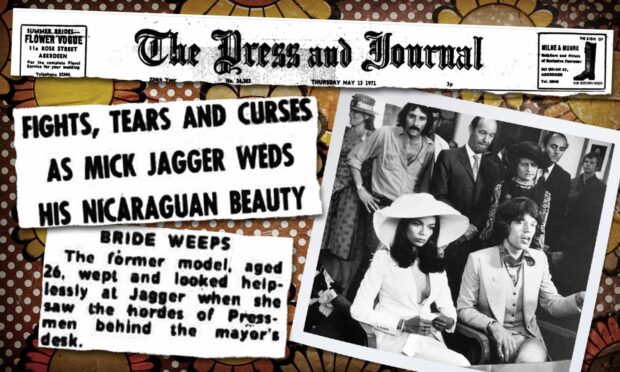
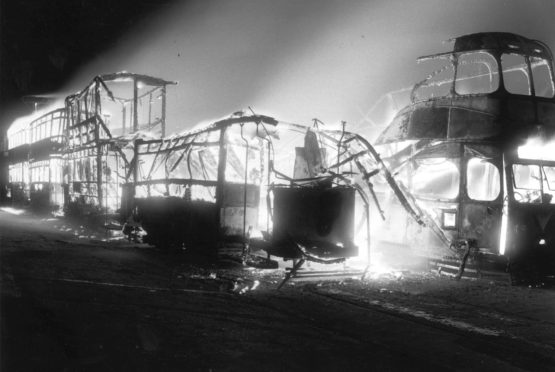
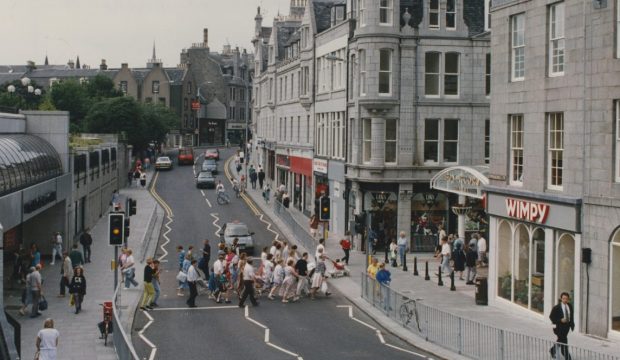

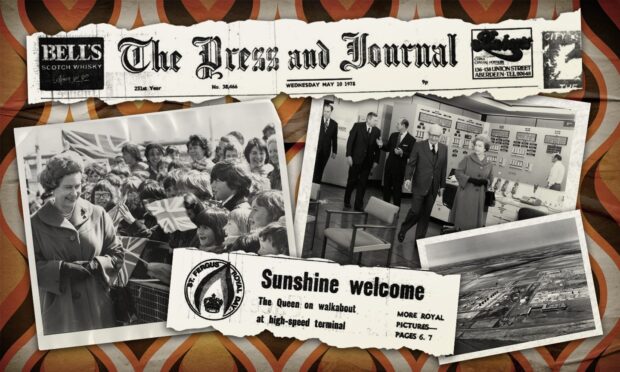
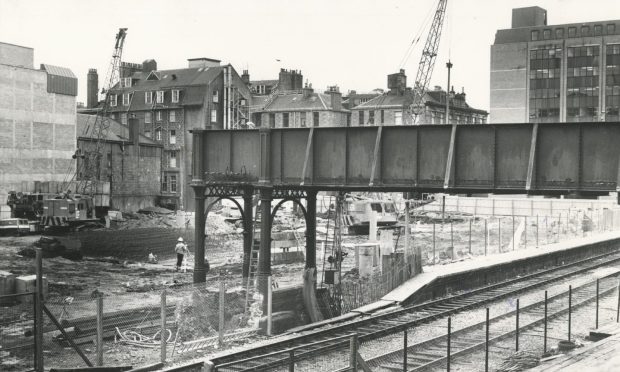
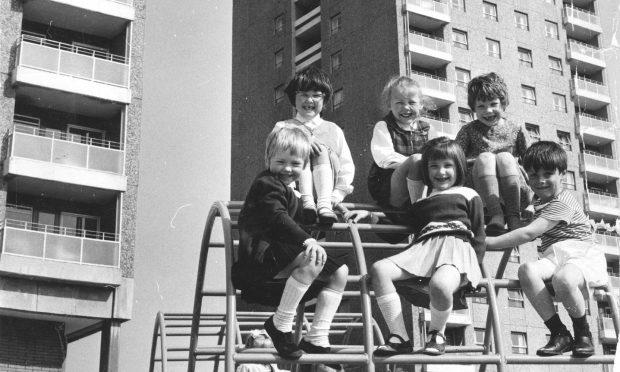

Conversation